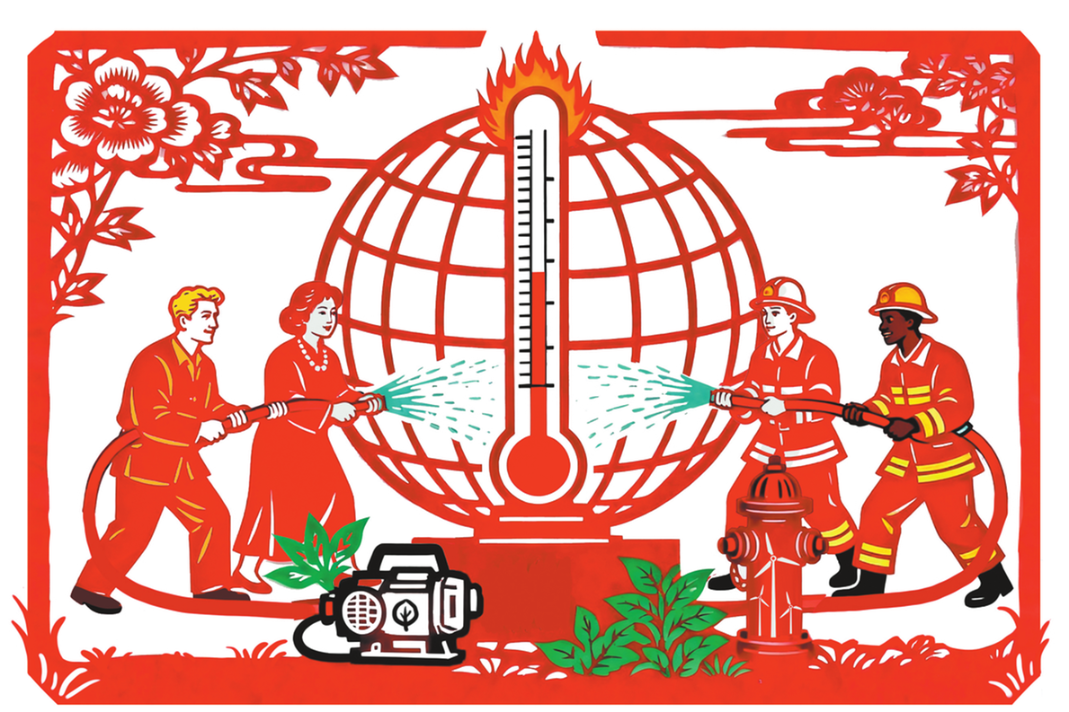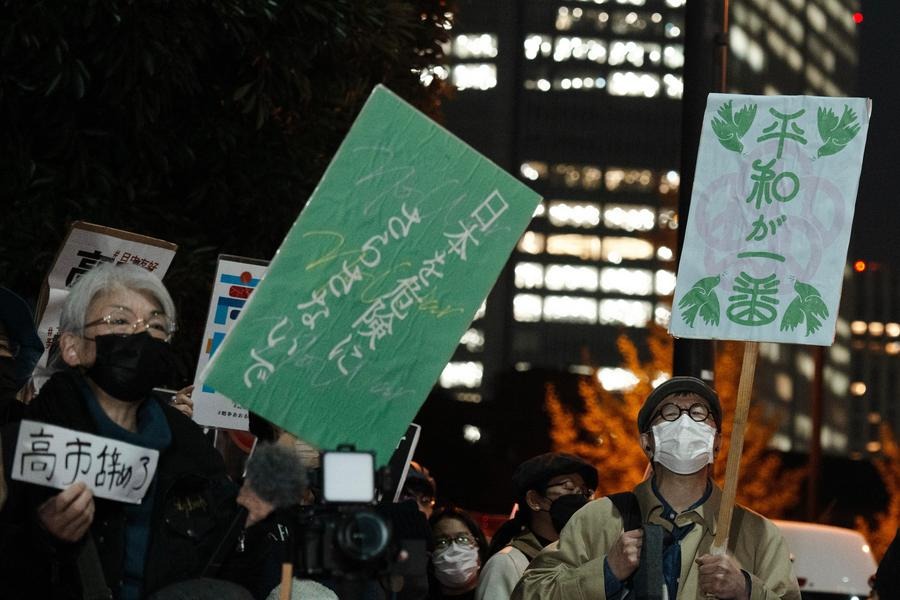Climate finance gaps
As funding for green and low-carbon transition in BRI countries remains inadequate, more efforts should be made to advance international cooperation in this regard


Since its launch 10 years ago, the Belt and Road Initiative has made remarkable progress across various fields. As of June 2023, China has signed over 200 cooperation agreements with 152 countries and 32 international organizations.
As green development continues to be integrated into Belt and Road cooperation, addressing climate change has become an important part of the efforts, supporting participating countries to mitigate and adapt to climate change, as well as to accelerate green and low-carbon transitions.
Currently, 146 BRI countries have submitted their Nationally Determined Contributions to the secretariat of the United Nations Framework Convention on Climate Change. Among them, nearly 40 countries have pledged net zero targets: Vietnam, Thailand, Malaysia and the United Arab Emirates aim to achieve net zero by 2050; Turkiye by 2053; and China, Russia, Indonesia, Saudi Arabia and Kazakhstan by 2060.
To achieve these goals, some countries have developed strategies and action plans, implementing specific measures such as improving energy efficiency in the power sector, promoting renewable and clean energy sources, and encouraging the use of clean fuels. Other countries have established carbon markets to drive low-carbon transitions through carbon pricing mechanisms.
Most BRI countries are emerging and developing markets undergoing rapid industrialization and urbanization. Their soaring energy demands have thus led to increasing carbon emissions and a growing burden on the environment. Mitigating and adapting to climate change is extremely challenging for them.
According to the United States Energy Information Administration, in 2021, carbon dioxide emissions from BRI countries accounted for approximately 60 percent of the global total. Among them Russia accounted for 5 percent; Iran, Indonesia and Saudi Arabia for 2 percent each; and India accounted for 7 percent.
Although most BRI countries have lower per capita emissions than developed countries and the global average, they are still under high pressure of continued carbon emissions increase. They are vulnerable to climate and biodiversity risks with weaker climate resilience, limited by financial constraints and traditional development approaches.
Climate change has worsened the frequency, intensity and range of extreme weather events and brought more uncertainty regarding when and where those events occur. As rising temperatures and more uneven precipitation severely impact water resources, agricultural production, and biodiversity, these BRI countries will have to struggle with rising climate risks and environmental pressures.
As the world calls for reducing greenhouse gas emissions and limiting high-carbon industries, companies that fail to effectively address climate risks and lag behind in green transitions will face huge risks due to declines in investment willingness and capital outflows.
Therefore, it is critical and urgent to promote international cooperation on climate finance in BRI countries, so as to channel more funds toward climate change adaptation and environmental protection, and enhance these countries' capacity for mitigating and adapting to climate change.
These efforts need to be supported with substantial financial investments and the funding gaps are quite big. It is roughly estimated that achieving the NDCs of BRI countries requires $19.2 trillion of investment from 2016 to 2030, which these countries cannot afford.
Some of the countries rely heavily on international support. From 2003 to 2018, multilateral climate funds invested over $7 billion in Southeast Asia, South Asia, Central Asia, East Europe, the Middle East and North Africa, supporting 50 countries in mitigation and adaptation projects, including low-carbon transitions in the energy sector, green industrial development and water resource management.
In recent years, as BRI countries accelerate green transformation and develop renewable energy such as photovoltaics and wind power, demands for climate finance have seen a rapid growth. It is thus necessary to urgently diversify climate finance models, by exploring more channels, such as project financing, debt markets and equity markets, instead of relying primarily on public funding.
According to Bloomberg, from 2010 to 2022, BRI countries issued a cumulative $400 billion in green bonds, which is 20 percent of the global total, and $193 billion in green loans, 27 percent of the global total. Major sovereign wealth funds in Asia such as Temasek from Singapore, Mubadala Investment Co from the UAE, and the China Investment Corp are key participants in green equity investments.
In recent years, most developing countries have established public-private partnership policy frameworks to involve private capital in green investments and promote alignment of climate finance standards. For example, the Association of Southeast Asian Nations released the ASEAN Taxonomy for Sustainable Finance in 2021.
Impacted by the COVID-19 pandemic, global climate finance has seen a reduction in funding over the past three years. Developed countries, which redirect a large amount of public funds toward economic recovery, are less motivated to increase climate finance. Without government subsidies and financial support, the private sector was less willing to invest in climate-related areas.
In 2020, the East Asia and Pacific region took up nearly half of global climate finance, North America and Western Europe around 25 percent, and the rest of the world less than one-fourth.
In terms of finance sources, 76 percent of global climate funds rely on internal financing, and the number is as high as 93 percent in the East Asia and Pacific regions.
Emerging markets and developing countries usually bear higher financing costs due to a lack of effective tools. Given the high US dollar interest rate now and in the foreseeable future, external climate financing costs for BRI countries are expected to remain high.
Despite progress in recent years, climate finance for BRI countries is far from adequate to meet the huge demands. More efforts should be made to advance international cooperation on climate finance, promote regulatory alignment and financial innovation, and collaborate with multilateral financial institutions.
The author is vice-chairman of China Center for International Economic Exchanges. The author contributed this article to China Watch, a think tank powered by China Daily. The views do not necessarily reflect those of China Daily.

Contact the editor at editor@chinawatch.cn.


































